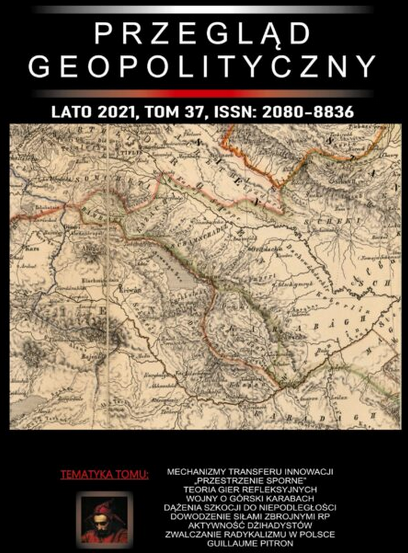AKTYWNOŚĆ DŻIHADYSTÓW PO ARABSKIEJ WIOŚNIE
JIHADIST ACTIVITY AFTER THE ARAB SPRING
Author(s): Katarzyna MICHALCZUKSubject(s): Environmental and Energy policy, Security and defense, Studies in violence and power, Geopolitics, Peace and Conflict Studies
Published by: Polskie Towarzystwo Geopolityczne
Keywords: Arab Spring; jihad; North Africa and the Middle East; security; terrorism;
Summary/Abstract: The events of the Arab Spring and the resulting increase in instability in the Middle East and North Africa (MENA) region, has been a significant factor in the revival of the activities of jihadist groups. One of the effects of the Arab Spring has been an increase in the political influence of extremists in the countries of the region and an increase in their operational capabilities, also on a global scale. Changes in the political systems encouraged the growth of Salafism and the emergence of new fundamentalist organizations. The strengthening of the position of conservative Islamic parties, the release from prison of criminals convicted of terrorism, or the uncontrolled smuggling of weapons have consequently influenced the degree of military and operational capabilities of terrorist organizations. Jihadist activity is largely focused on foreigners, and the terrorist threat extends to European tourists, who in much of the Arab world constitute the largest group of local tourism customers. The MENA region is also a key supplier, as well as an important transit zone for global energy resources. Consequently, the stability of this area is also a crucial issue in the context of global energy security. The purpose of the article is to determine the impact of the Arab Spring on the activities of al-Qaeda of the Islamic Maghreb and other organizations. This article is based on scientific publications and information
Journal: Przegląd Geopolityczny
- Issue Year: 2021
- Issue No: 37
- Page Range: 121-131
- Page Count: 11
- Language: Polish

